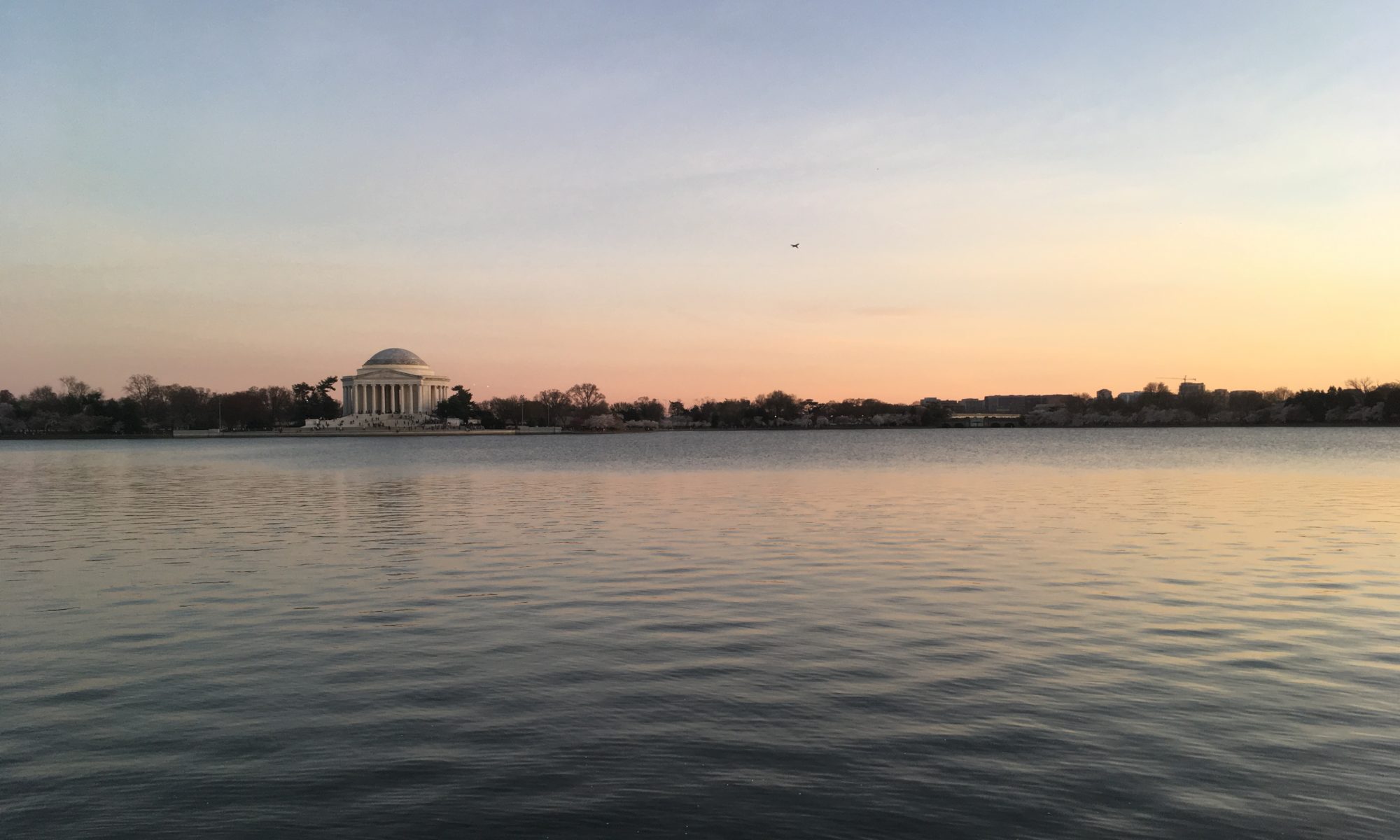–A talk with DC public school students studying Japanese

In mid-May, I had the honor of speaking to Washington, DC public high school students studying Japanese. These students, representing about 10 schools across DC, voluntarily gather twice a week for classes called “Japanese Plus.” Their passion for Japanese is amazing. They don’t just take the time to attend classes in the evenings and weekends, working on assignments on top of their busy high school schedule. They also maintain a blog where they write about what they learned and other Japan-related activities, and give final presentations at the end of the year. They are really talented students, too, and many of them have won various awards!
Globalize DC

This opportunity came to me through Ms. Sally Schwartz at Globalize DC, a nonprofit organization that my workplace, the U.S.-Japan Council (USJC), frequently collaborates with. We work with Globalize DC on a exchange program called the TOMODACHI U.S.-Japan Youth Exchange Program, which brings together DC public high school students and students from Keio Shonan Fujisawa High School in Kanagawa, Japan. The American and Japanese students travel to the Tohoku region and explore DC together, engaging with local residents and experiencing local culture (like helping at a soup kitchen or taking part in a slam poetry workshop in DC, or visiting fishers and hearing the impact of the Great East Japan Earthquake in Tohoku). After traveling and learning together for a month, the students really bond with each other.
Sally told us that Globalize DC hadn’t been engaged with Japan until we partnered with them in 2013. Following the success of the program, Globalize DC’s Japan programs expanded. Japanese Plus was started in 2016, and includes many TOMODACHI alumni. Sally is now such a prominent figure in Japan-related education that all of us in the Japan circle in DC know and love her!
On interpreting
Sally told me that many of the students are interested in pursuing interpreting as a career, and kindly invited me to talk to the students. I spoke about basic concepts like the difference between consecutive and simultaneous interpretation, and the notion that you can’t be a perfectionist, especially when simultaneously listening and speaking. I also talked about how lucky I am to be a freelance interpreter while also working at USJC.
One of the questions I received was whether I intend to become a polyglot. (I was impressed they knew that word to begin with!) So many were learning multiple languages: one was also studying Chinese and Korean, while another was a native Spanish speaker studying Russian. Others asked the best way to become better Japanese speakers, and I explained that most U.S.-born Japanese language interpreters I know spent many years studying or working in Japan, such as with the JET Programme.
Japanese language education

I also learned that day that Japanese language teachers are very much in demand right now. I was worried last year when I heard that introductory courses in Japanese language education were in danger of being eliminated in Arlington, Virginia–but was so relieved to hear that Arlington officials decided to keep them (I understand that Japanese language students were the ones who changed their mind, by starting a change.org petition and appealing to officials).
Japanese language apparently remains popular due to manga, anime and other cultural assets, and I hope this trend continues. It is thanks to people like Sally, as well as the Japanese Plus teacher Ms. Eshita, that students continue to have the opportunity to learn. These are our future diplomats, business people, advocates, and artists who will continue to connect the U.S. and Japan. I look forward to meeting them again in the future, and seeing what role they chose!

